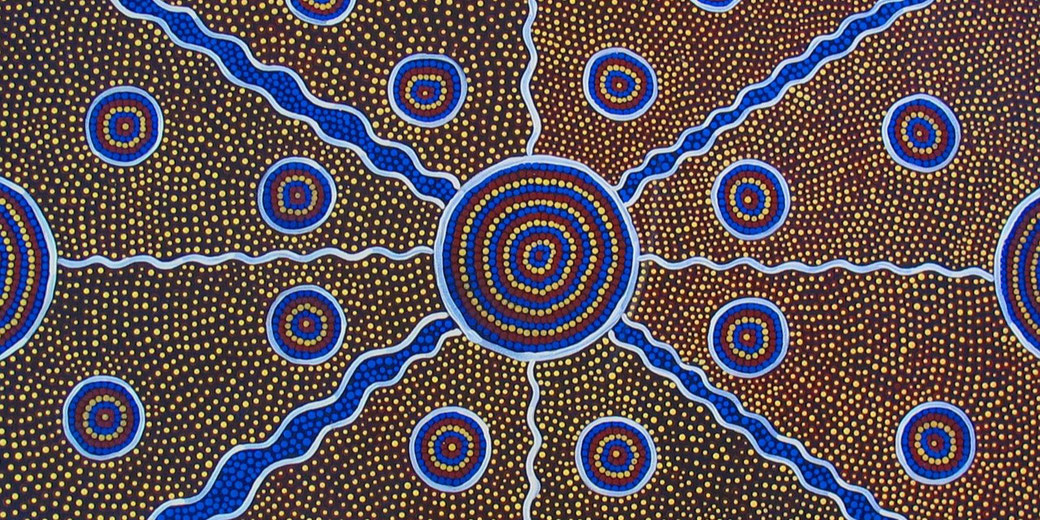1967 Referendum: A turning point in Australian indigenous rights

In 1967, the Australian people voted in a referendum to recognise Aboriginal and Torres Strait Islander peoples in the Constitution.
This was a monumental moment in history, as it recognised the first peoples of Australia and paved the way for greater Indigenous rights and representation.
Background
Indigenous Australians have a long and complex history that predates European settlement.
For thousands of years, Aboriginal and Torres Strait Islander peoples lived across the continent with a rich culture and unique way of life.
However, when the British arrived in 1788, everything changed. The British colonists brought with them their own laws and customs, which often clashed with those of the Indigenous peoples.
This led to many years of conflict, displacement, and violence.
With the establishment of the colony of New South Wales in 1788, British law began to be imposed on Indigenous Australians.
Colonial governors believed that First Nations people were subject to British law, even though they had their own laws and customs.
This proclamation set a precedent for the next 150 years or so, during which time Indigenous Australian people were increasingly subjected to British law and forcibly assimilated into white society.
First Nations people did not have the right to vote in elections or hold public office until 1962.
Before then, they were excluded from citizenship and considered wards of the state.
In addition, they were not counted in the national census and were not eligible for social security or other government benefits.
The Commonwealth Franchise Act 1902 granted white women the right to vote in federal elections but excluded Aboriginal and Torres Strait Islander peoples.
This act also introduced a property qualifying franchise, which meant that Indigenous Australian people who did not own property could not vote.
Calls for change
People and organisations began forming that sought to highlight the inequalities faced by the First Nations people and seek practical solutions.
In 1938, a protest, known as 'The Day of Mourning ', took place on Australia Day. It was a protest against the discrimination that Indigenous Australians faced.
It was organised by the Aborigines Progressive Association (APA), which was formed in 1937 to advocate for Indigenous Australian rights.
In 1956, a group of Yarnangu people were discovered to be sick and malnourished in the Warburton Ranges region of the Central Desert.
The health, lands, and traditional ways of life of the people had been damaged by nuclear testing conducted by the British and Australian governments.
When the public learned of the Yarnangu's condition, they were furious.
Building on the growing public awareness, the Federal Council for Aboriginal Advancement (FCAA) was created in 1958 to campaign for Indigenous Australian rights.
One of its key demands was for the removal of all laws, both federal and state, which discriminated against First Nations people. It also sought to win full citizenship rights for them, including the right to vote.
In 1962, FCAA succeeded in having the Commonwealth Franchise Act amended to grant Aboriginal and Torres Strait Islander peoples the right to vote in federal elections, but this did not apply to state elections.
Some Indigenous Australians had held voting rights in some states prior to this, and the 1962 amendment to the Commonwealth Electoral Act removed remaining restrictions at the federal level.
Even after this point, however, Indigenous voting rights in state elections varied, with the last restrictions removed by 1965 in Queensland.
The next year, Yolngu leader Mandawuy Yunupingu led a walk-off from his mission in protest at the poor living conditions and treatment of Indigenous Australian people.
The walk-off became known as the Gove Land Rights Strike, and it brought national attention to the issue of Indigenous rights.
The referendum
In 1965, Australian Prime Minister Robert Menzies announced a referendum to be held in 1967.
The referendum asked whether the Constitution should be amended to give Indigenous Australians the right to be counted in the national census and to receive Commonwealth benefits.
It also asked whether Aboriginal and Torres Strait Islander peoples should be included in Section 51 of the Constitution, which deals with race matters.
In addition, voters were asked whether Section 127 of the Constitution, which excludes Aboriginal and Torres Strait Islander peoples from the count of the national population, should be removed.
The referendum was held on May 27, 1967, and resulted in a resounding victory for the "yes" campaign.
More than 90% of Australians voted in favor of the amendments proposed in the referendum.
The changes to the Constitution that were enacted as a result of the referendum have been described as some of the most important in Australian history.
The referendum enabled the Commonwealth to make laws for Indigenous Australians and remove discriminatory references in the Constitution.
Impact
The 1967 referendum led to many changes for Indigenous Australians. They were finally recognised as full citizens of Australia. In addition, they were included in the national census and became eligible for social security and other government benefits.
The 1967 referendum was an important step in the process of reconciliation between Indigenous and non-Indigenous Australians.
It is a reminder of the power of democracy to effect change and improve the lives of those who have been disadvantaged for too long. It is also a reminder of the importance of working together to build a more just and equitable society.
What do you need help with?
Download ready-to-use digital learning resources
Copyright © History Skills 2014-2024.
Contact via email
With the exception of links to external sites, some historical sources and extracts from specific publications, all content on this website is copyrighted by History Skills. This content may not be copied, republished or redistributed without written permission from the website creator. Please use the Contact page to obtain relevant permission.





